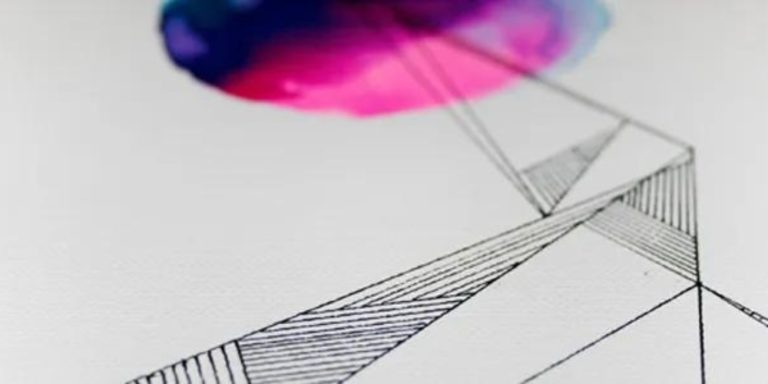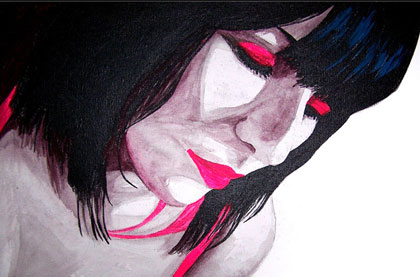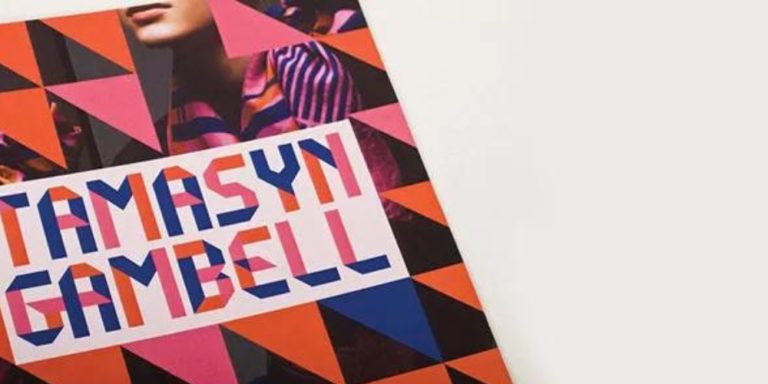Interview with typographer Matt Vergotis
Designer and letterer Matt Vergotis, lives and breathes design (and surfing). He lives on the Gold Coast, is a proud family man, and exceptional corporate identity designer.
Matt creates brandmarks for many different industries across the globe. He has many international clients due to his growing reputation on Behance and Dribble. His process is thorough, well researched, and often involves creating a custom typeface for each new identity.
Knubi was Matt’s first full-type suite. He’d created the font for a logo that didn’t go ahead but loved it so much that he continued to develop the entire alphabet series. In the near future, Matt hopes to release more font weights to complete the family.
Matt is also a key speaker at Typism on the Gold Coast in September. See the DM article about the event here.
Design Montage spoke to Matt about his creative approach, day-to-day life as a letterer and designer, and how he keeps motivated after so many years running a creative business. Hope you enjoy the detailed interview.
Visit Matt’s website for more of his portfolio.
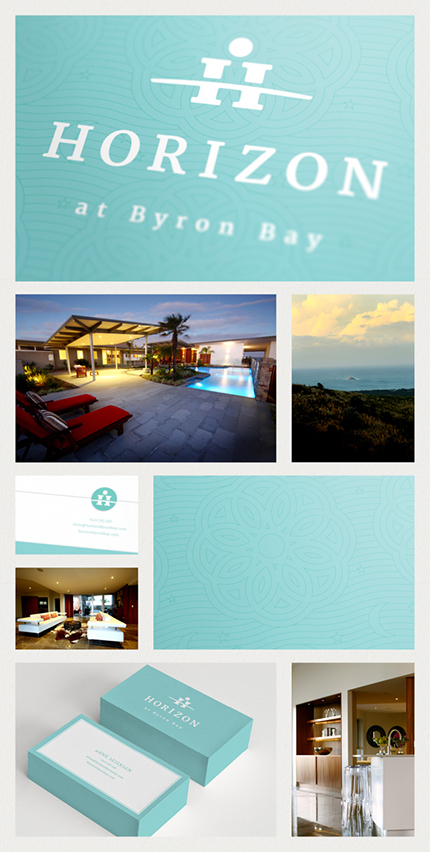
Tell me about your creative journey. Your passion for design and how you discovered or nurtured it.
Art at school was my thing from an early age. It was actually the only subject I was above average at, so from a young age I was known as the kid that could draw. That paved a direction for me and it was in year 11 where I was introduced to a logo competition that was being run by the local newspaper. I spent a few hours with my coloured pencils and submitted two designs which came second and third in the comp. That was my first introduction to graphic design (and my first and last to crowdsourcing) and I clearly remembered connecting with it, thinking at the time ‘this is what I’ll do.’
Turning points?
In the early years just out of school I worked for Fairfax Newspapers and learned how to do editorial layouts, advertising and general graphic design tasks that brought me up-to-speed with the skills needed to execute ideas on the computer. Working to tight deadlines really fine-tuned my Mac operating skills with Adobe software.
When I moved to London and worked for a top design agency it gave me a new and refreshing look at graphic design. To see how they were approaching company’s brands and their advertising felt so cutting edge. Being a part of a talented team of designers was a buzz and it really inspired me to push myself. I was only there for a couple of years as my working visa ran out, but it really had a long-lasting effect on me that I’ve carried throughout my career.

Starting my own business was the biggest turning point as it all of a sudden gave me the opportunity to specialise in the area that I loved. It also opened up the scope of work for me, allowing me to explore various styles that make this industry exciting as each client is individual and requires their own unique approach.
Gaining exposure from design inspiration sites like Behance and Dribbble also gave me international exposure which has helped me build my business with a consistent clientele of overseas clients. I remember the first time I got a job inquiry through Behance was from Istanbul, Turkey. From there they steadily came in during a time when I had no presence on the Gold Coast. So in a big way, publishing my work online pulled me through the GFC as it opened up my clientele fetch.
In a few words, describe yourself…
Ultra obsessed surf nerd, passionate about work and my girls (wife and two daughters).
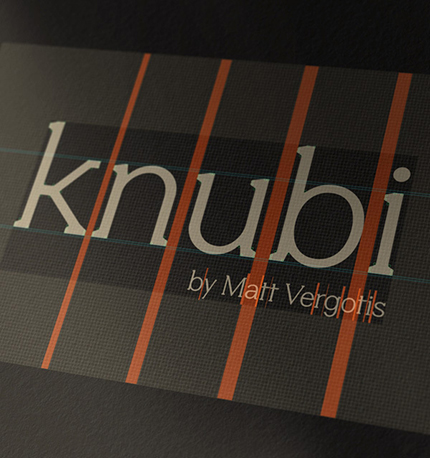
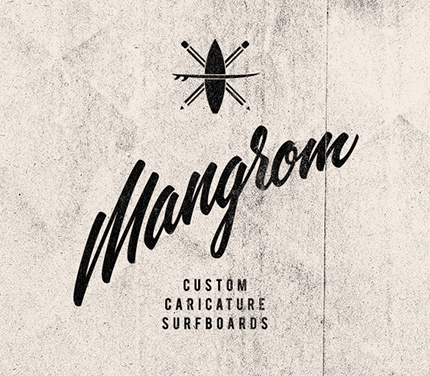
What are you spending your time on at the moment?
I’m currently working on a big corporate identity project that’s quite detailed and conceptual, drawing on a lot of elements to make up the big picture. It’s for a Capital Management company that trades futures contracts in a systematic way. Because they use this systematic approach to see patterns in finance, I have devised a visual identity system that draws reference to the Fibonacci spiral and fractals.
I’m currently refining it, but the presentation became my first featured project on the main stage of Behance. For me this is huge, considering the breathtaking creative projects it’s rubbing shoulders with.
Tell me about your creative process. How do you plan or develop ideas?
It varies from client to client. If it’s an overseas client I always have a Skype chat (FaceTime) to get to know them and hear what they have in mind. From there I send out a Brandmark Brief that asks the client a series of questions that helps me understand who they are, what they want to achieve, and what tones and perceptions they have in mind — it also helps them understand the importance of the process and often makes them think more about their goals and values.
Once I’ve studied their answers I can take several routes. It’s all about searching for that light bulb moment. Some ideas come to me quickly and I start penciling them down straight away. Sometimes I pencil in one idea, and sometimes I fill pages full of ideas. If I find something I like and that I feel confident will work — I execute it.
Other times if the requirement requires a lot of thought and I’m not familiar with the industry or I have something conceptually complex in mind, I’ll spend many hours online researching. During this process often ideas form and from there, ideas are born. Then there’s the odd one where I’ve taken a phone brief before and jotted down the name in a doodling fashion, finished the call and looked down, and thought to myself… ‘hang on a minute, there’s something in this’. Of course, that’s rare and it has to be relative to the client and their request. I guess what I’m trying to illustrate, is what’s really important is that light bulb moment – sometimes you have to work hard for it and sometimes it comes easily. I’ve found the ones that come easily are often the most successful.
I also put a lot of effort into presenting my concept. It’s important for a client to not only see the logo but to see the logo used in context with how it will be presented to the public. When a client sees this, it makes it real for them, which is a very exciting moment. It also helps the client understand that visual identity is not all about just the logo.
For lettering jobs, it’s a lot easier, which is why I’m fond of this area of design. Lots of paper, lots of ink and good music. If I can use an analogy…
Lettering feels to me like dancing; finding and refining movements and exploring forms and combinations. Whereas mark design is more like doing brain teaser puzzles. Whilst the reward is there for cracking brain teasers, dancing feeeeels good. Note: I’m a gumby dancer.
Do you have a creative process?
Nothing too quirky to report here. If I’m struggling to hold on to focus, strangely music helps. I get pretty lost in it, yet it always seems to put me in this automatic pilot mode that works for me. Either coming up with ideas or executing them I just seem to be able to enjoy doing both at the same time. However, ask me something when I’m typing an email and I’m completely useless.
How has your creative process changed or developed as you’ve progressed through your career?
For me, my process does differ from project to project. Whilst in the past I have harped on about the importance of sketching your ideas first and filling pages full of concepts. I think the more experience I have gained in this industry the clearer I have become at solving these problems. So I think this has refined this process for me. Whilst 95% of the time I am drawing ideas down, I seem to come to conclusions quicker, which is great for the paper industry.
I think the biggest thing that has changed for me when I look back at my older work, is my desire to execute things as best as I possibly can and push myself to learn new techniques and styles. My standards for what I believe is acceptable to show a client are a lot higher.
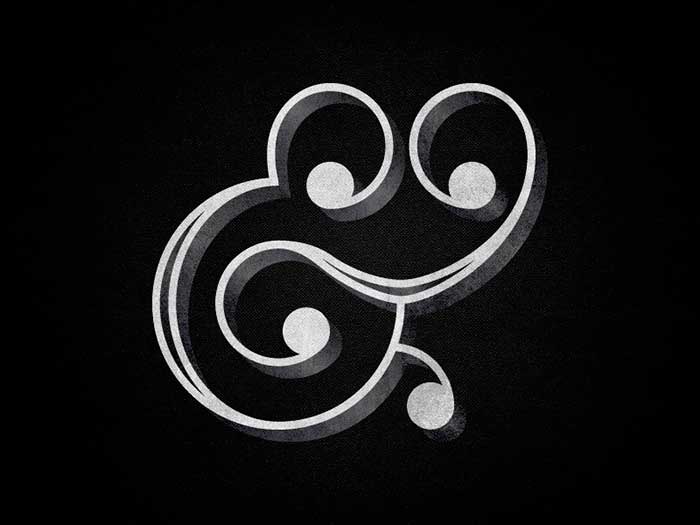
Tools of the trade. What are your absolute necessities for your creative practice?
Well, up until a year ago I only ever had a 2H led pencil, eraser, sharpener, and whatever paper I could get my hands on – the bare basics. Even when I did lettering projects, I started out illustrating them, sketching out the stroke directions and thicknesses. Now I’m obsessed with brush pens, ruling pens, calligraphy pens, etc. I’ve been working hard at achieving results organically with the tools, rather than sketching them out. I have a couple of favourite brush pens and I definitely couldn’t live without them now.
What or who inspires you?
Surfing: I paddle out every morning before the sun has even breached the horizon, so I get to experience a magical part of the day as the sun rises. It’s my time, my release and it sets me up for the day. No matter what it throws at me, I’m always better off for surfing in the morning. Every day feels like a holiday when you get to surf and you love your job and family.
Kelly Slater: At 42 years of age, he is still dominating. Not only is he the greatest sportsperson ever, but it’s also unlikely any surfer will ever achieve what he’s achieved competitively in the sport as long as there are waves in the ocean. I’m on 40’s doorstep yet I have more energy than I did when I was 20, so it’s pretty inspiring to know if you look after yourself like he has, you can keep up your performance level.
Radiohead: Every fibre of me gets lost in the blips and blops, guitar wails, and the incredible vocal range of Thom Yorke. I’ve been listening to them since Creep was released and their music just gets better and better – I’m currently in an unhealthy holding pattern where I can’t stop listening to them since their recent Brisbane concert.
Ricky Gervais: There isn’t a human on this earth that has cracked me up like he has. He’s a comedic genius. I’d love to shake his hand and thank him for all the laughs.

What are you most proud of?
Creatively, probably being recognised and commissioned to do lettering projects when a year ago I hadn’t even picked up a brush pen.
Professionally, it would just be being where I am right now. Doing and loving what I’m paid to do and using this skill to be able to provide for my family makes me feel very lucky. Of course, being able to go for board meetings when the surf is good is a little value-add.
Personally, my beautiful daughters Sofia and Stella. They’re by far my best designs. Although… truth be told, my wife is really responsible for that. They look just like her.
When you were a child, what did you want to be when you grew up?
I was hell-bent on becoming an architect from an early age until I grew up and released that math was an important part of it.


